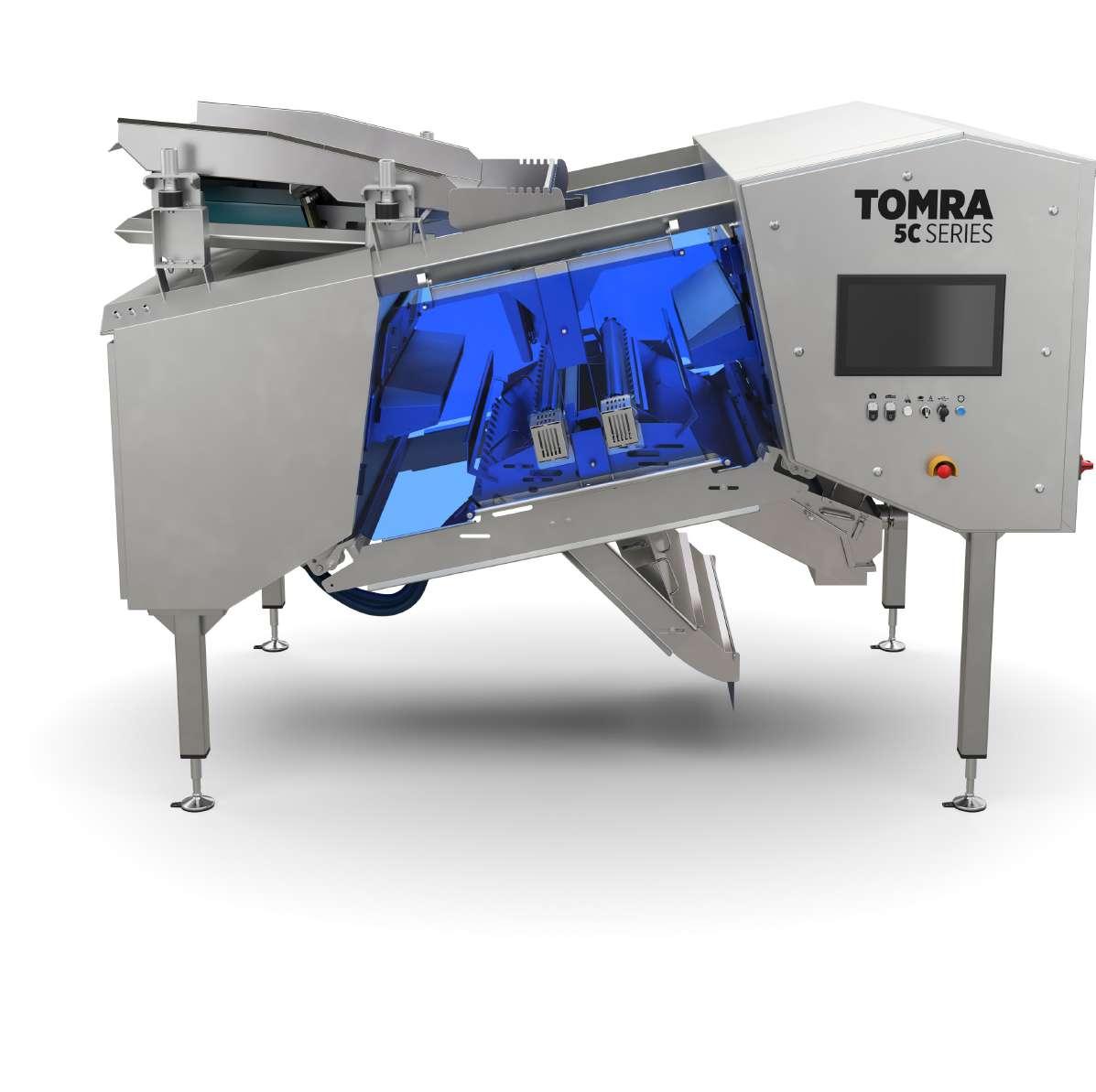C OAT I N G S Y S T E M S
40
CHOOSING THE OPTIMAL CONTINUOUS COATING SYSTEM By Tim Nanney, Technical Sales Manager - Spray Dynamics
A
coated product’s success often depends on the quality and the consistency of its finished product. Working directly with customers to identify the correct process and equipment usually leads to success, and the ability to choose from a diverse offering of equipment increases the likelihood of finding a coating system solution that works for a variety of applications, in both food and non-food markets. Coating product can be completed in single or multiple stages. The two-stage coating system is an example of a coating process that applies a liquid ingredient, such as oil, as a tack agent and follows with a dry seasoning application. Corn and tortilla chips, seasoned crackers, and extruded snacks are examples of products that utilise a two-stage coating system. Other coating system offerings utilise a slurry spray system to apply a mixture of oil or water and dry seasonings. An example of this type is a corn curl type product or a breakfast cereal. Another seasoning application, referred to as dry seasoning only, requires no liquid application at all. Products processed in this method of coating either have enough surface moisture or have residual surface moisture so that only a dry seasoning is required. Oil roasted nuts are an example of this type of product.
FOOD BUSINESS GULF & MIDDLE EAST
Coating Drum A key component of a successful coating system is a properly engineered coating drum. Product throughput, bulk density, shape, and other characteristics all factor into the drum’s length, diameter, and design. Also, attention to application and design requirements are key. The function of the coating drum is to gently lift and fold the product repeatedly to allow each product piece exposure to gradually build-up liquid and dry coatings.
Liquid Coating Application Coating system design principles remain the same regardless of the spray system utilised. By utilising an effective spray design with multi-nozzle manifolds, this maximises the coating zone within the drum. This combined
J A N UA R Y- M A R C H 2 0 2 1














